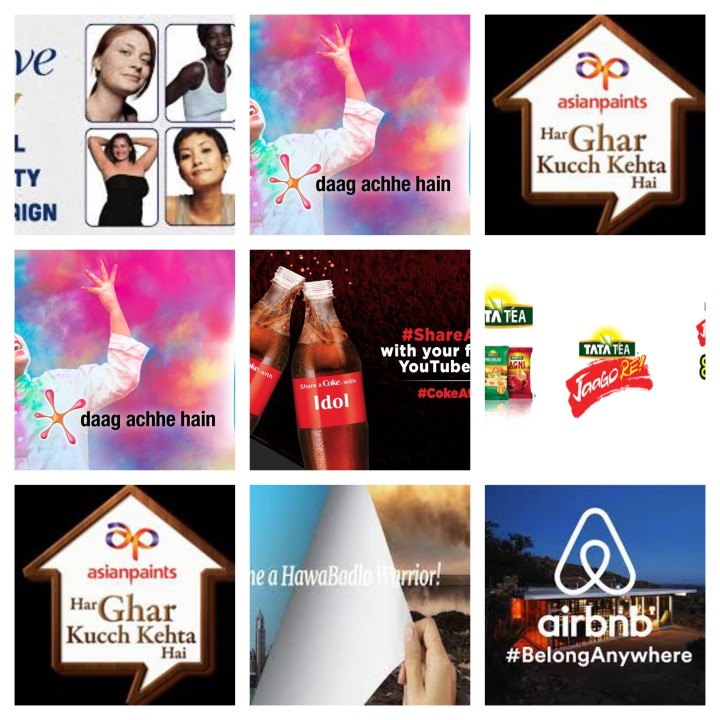Emotive Storytelling in Branding: Creating Lasting Emotional Connections

In today’s hyper-competitive market, businesses must connect with their audience on a deeper level to foster brand loyalty and long-term customer relationships. Emotional branding has emerged as a powerful strategy, allowing companies to resonate with their target audience on a personal and emotional level. One of the most effective tools within this strategy is emotive storytelling. By weaving compelling narratives into their marketing, companies can build authentic emotional connections with their customers. In this article, we will explore the role of emotive storytelling in emotional branding and provide real-world examples to illustrate its impact.
In the world of emotional branding, relatable characters are key to connecting with the audience. These characters serve as the face of the brand and allow customers to form emotional bonds.
One of the best examples of this is Apple’s “Mac vs. PC” ad campaign. In these ads, Mac was portrayed as the cool and laid-back character, while PC was the uptight, bumbling character. These relatable characters not only entertained but also allowed customers to emotionally invest in the brand, creating an indelible connection.
1. Building Empathy and Relatability
Emotive storytelling is a way for brands to connect with their customers on a human level. This connection can be established by narrating stories that evoke emotions, such as joy, sadness, inspiration, or nostalgia. One prime example is the “Daag Achhe Hain” (Stains are Good) campaign by Surf Excel. The ad tells the story of a young boy who goes to great lengths to ensure his elderly neighbor can attend a religious festival. This heartwarming narrative promotes the brand’s stain-removing capabilities while simultaneously conveying a powerful message about selflessness and empathy.

2. Creating a Strong Brand Identity
Emotions are a significant driver of brand loyalty. By consistently incorporating emotive storytelling into their marketing strategies, brands can create a powerful brand identity. A standout example is the “Har Ghar Kucch Kehta Hai” (Every Home Has a Story) campaign by Asian Paints. This campaign encapsulates the idea that homes are more than just walls and paint; they are repositories of emotions, memories, and personal stories. Through a series of emotionally charged commercials, Asian Paints positions itself as a brand that understands the emotional value of one’s home.
3. Authenticity and Transparency
Authenticity and transparency are crucial elements in emotional branding. When brands share their stories and vulnerabilities, customers can relate to them more personally. A notable example is Dove’s “Real Beauty” campaign, which challenged conventional beauty standards. Dove featured real women of all shapes and sizes in their advertisements, fostering a sense of authenticity and encouraging body positivity. By being transparent and authentic, Dove won the trust and loyalty of countless customers.

4. Evoking Nostalgia and Tradition
GAIL (Gas Authority of India Limited) India’s “Hawa Badlo” campaign is a remarkable initiative aimed at raising awareness about air pollution and encouraging positive changes in people’s behavior and attitudes towards the environment. The campaign effectively utilizes emotive storytelling to convey its message, making it a standout example of how emotional branding can be used to address pressing societal issues.
The “Hawa Badlo” campaign revolves around the idea that every individual has the power to change the quality of the air they breathe. It emphasizes the collective responsibility of citizens to reduce air pollution and create a cleaner, healthier environment. The term “Hawa Badlo” translates to “Change the Air” and symbolizes the need for a positive change in our surroundings..
5. Creating a Sense of Belonging
Emotive storytelling can also create a sense of belonging among customers. Airbnb’s “Belong Anywhere” campaign is a powerful instance of this. The company told the stories of people from various backgrounds and cultures who used their platform to find unique accommodations while traveling. By focusing on the idea of belonging, Airbnb attracted travelers who sought more than just a place to stay; they desired a sense of belonging to a global community of explorers.
6. Showcasing Social Responsibility
Emotive storytelling is a powerful tool for conveying a brand’s commitment to social responsibility. Tata Tea’s “Jaago Re” campaign is a compelling example. Through this campaign, the brand highlights pressing social issues such as women’s safety, education, and political awareness. The emotionally charged stories not only promote the brand but also encourage social engagement and change, making it a benchmark for emotional branding with a strong social message.

7. Engaging with the Millennial Audience
The millennial generation values authenticity and purpose-driven brands. Emotive storytelling allows brands to connect with this audience on a deeper level. An excellent example is the “Share A Coke” campaign by Coca-Cola in India. This campaign personalized their product by featuring common Indian names on their labels, fostering a sense of individual connection and emotional resonance among consumers.

In today’s competitive market, emotional branding through emotive storytelling has proven to be a key differentiator. By evoking powerful emotions and connecting with the audience on a personal level, brands can forge lasting relationships that go beyond product features and price points. As demonstrated by these examples, storytelling is a compelling way to create a memorable brand identity, resonate with tradition, convey social responsibility, and engage with the ever-crucial millennial audience. Emotive storytelling is more than just marketing; it is the art of crafting authentic and emotional connections that stand the test of time.








Responses